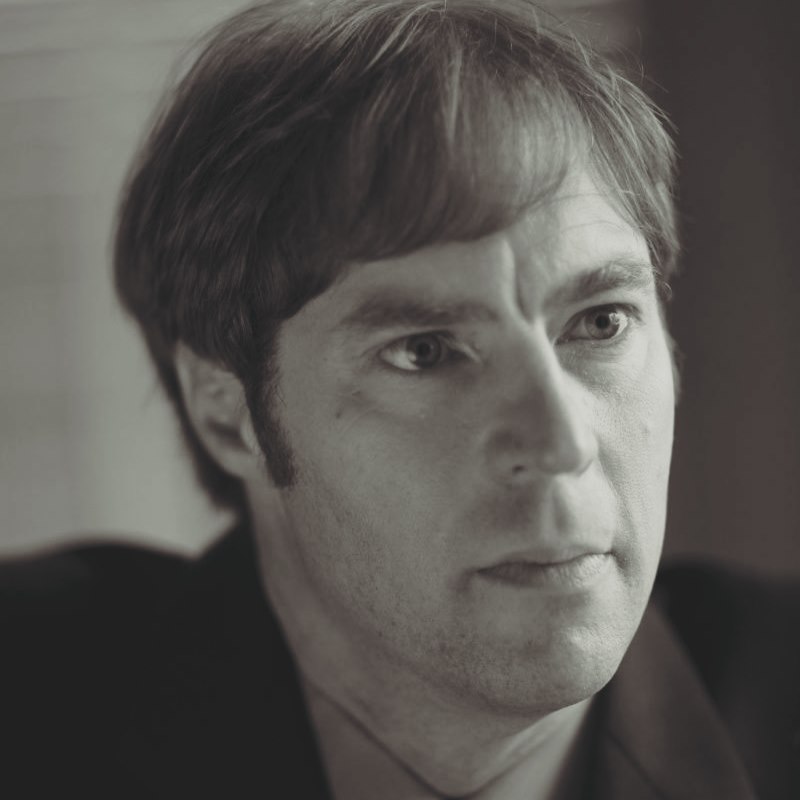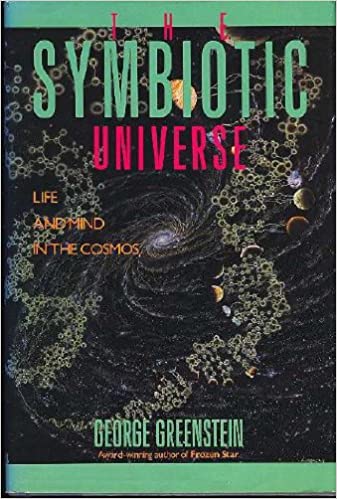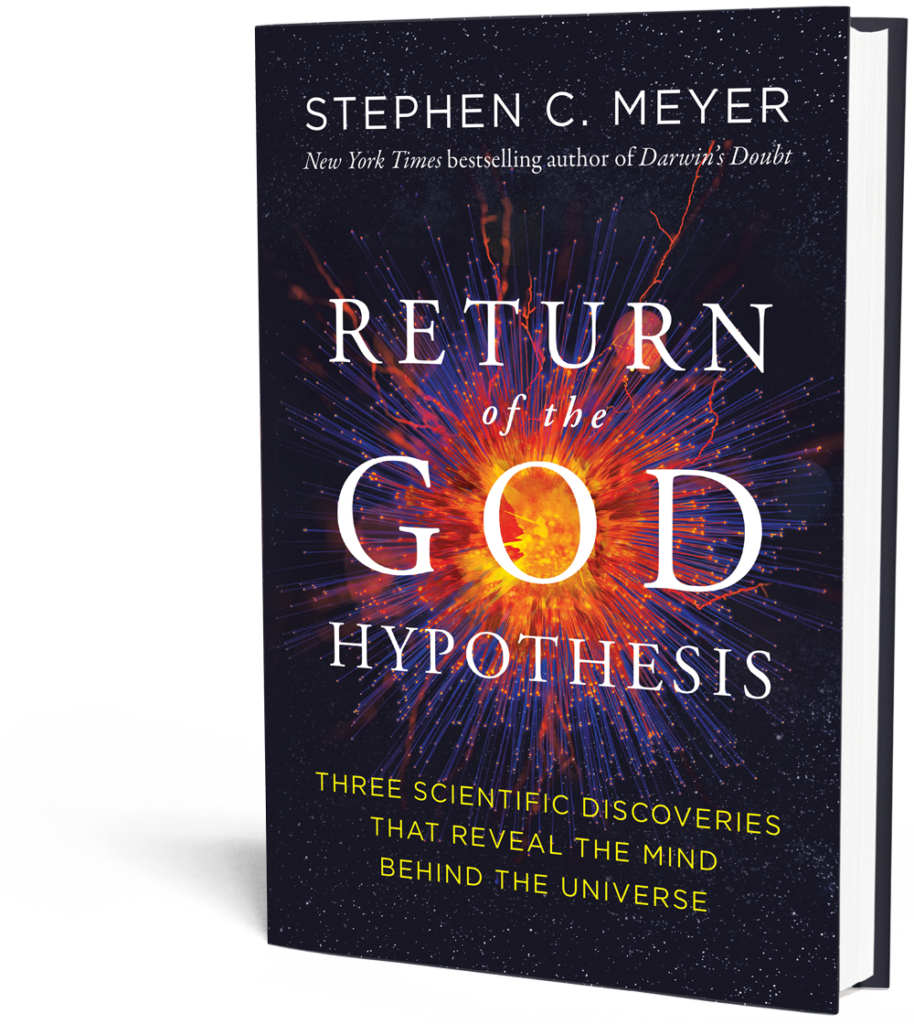How Fine Tuned Was Our Universe’s Debut? The Mind Boggles.
All the details that were there at the beginning and all work together… The math is amazing. Steve Meyer explainsIn this third portion of a talk at the Dallas Conference on Science and Faith (2021), philosopher Stephen C. Meyer discusses the fact that our universe is fine tuned for life in smaller as well as larger ways — that’s remarkable. We could call it “finer fine-tuning,” perhaps.
Dr. Meyer, author of The Return of the God Hypothesis (Harper One, 2021), reflects on the physics and the physicists. (A sample of the book is here.) This is the third of four portions of the transcript of the talk. The first is here and the second here. Tom Gilson is the moderator of the podcast:

Stephen C. Meyer: There are two basic types of fine tuning physicists talk about. One is the fine tuning of the laws and constants of physics. Those fundamental forces have very precise strengths. Gravitational force has a precise strength. If it’s stronger or weaker, you won’t get carbon formation. And there are many other life permitting parameters that depend on that gravitational force constant being finely tuned.
Note: The four fundamental forces of nature are considered to be the gravitational force, the weak nuclear force, the electromagnetic force and the strong nuclear force, thought to describe every natural interaction. – Space.com
Evidence of fine-tuning has been found in all four.
Stephen C. Meyer: But in addition to that, physicists speak of the fine tuning of the initial conditions of the universe. It turns out that the arrangement of matter and energy had to be very precise to allow for a structured and orderly universe such as we have, with galaxies and planets and planetary systems.
Roger Penrose , a British physicist, has calculated that this initial entropy of the universe was fine tuned to an exquisite degree. You can’t even get your mind around this: The calculation he made showed that the initial condition of fine tuning was one part in 10 to the 10th of the 123rd power.
Note: “In math, the value 10123 means 1 followed by 123 zeros. (This is, by the way, more than the total number of atoms [1079] believed to exist in the whole universe.) But Penrose’s answer is vastly more than this: It requires 1 followed by 10123 zeros.” – All About Philosophy
Stephen C. Meyer: Engineers who are familiar with the concept of tolerances — or anyone who’s done just a little work with nuts and bolts — knows that you can only fit the screw in the nut if there’s the right fit. And you have the same kind of thing with the initial conditions of the universe.
Now, in addition, there are other fine tuning parameters that are a little bit harder to classify. There’s the cosmological constant, the outward pushing force that causes the universe to expand in opposition to gravitational force. To get an expanding universe that doesn’t collapse on itself, and is allowing the evolution of galaxies and stars to proceed, that cosmological constant has to be fine tuned to a very precise degree… the most commonly accepted number is one part in 1090.
Stephen C. Meyer: Now, to put that in perspective, there are only 1080 elementary particles in the entire universe,. So, getting the cosmological constant fine tune by chance would be like blindfolding yourself and going out into the universe, looking for one elementary particle, but not just one elementary particle hidden in our universe. It could be hidden in any one of 10 billion universes. So, that’s the degree of improbability associated with getting the correct cosmological constant. It’s an exquisite degree of fine tuning. And many of these parameters have this kind of fine tuning.
Now, there’s a British physicist named John Polkinghorne. When I was a grad student in Cambridge, he gave a talk to a student science group that I was part of about the fine tuning. He had a little visual illustration, asking you to imagine that you were on a spaceship out in space and you dock at the Great Space Station. When you arrive there, you went inside and there was a room. On the doorway it said, “Universe creating machine in here.”
Sure enough, there’s this huge console with dials and knobs and sliders and … and it turns out that each one is set to a very precise value. And you do some calculations, because of course you’re a physicist. And you realize that if you change those dials or click that setting one click one way or another, we would no longer have a life-permitting universe.
Now, one time I had a chance to interview him in Portland when he was here in the United States for a talk that Stephen Hawking was giving. And I interviewed him afterwards and I asked him, “Sir John, what do you make of all these parameters being set just right?” And he said, “Well… ” in British understatement, “I don’t say that the atheists are stupid. I just say that theism provides a more satisfying explanation.” And indeed, many of the physicists who have been involved in discovering these fine tuning parameters have come to a very similar conclusion.

Sir Fred Hoyle, who was, as I mentioned, initially an atheist or very staunch agnostic at best, came to view — as a result of his own discoveries — these fine tuning parameters as the product of some sort of intelligent design…
And many scientists — including scientists who have not abandoned their agnosticism or materialistic worldview — have said as much as well.
Note: “As we survey all the evidence, the thought insistently arises that some supernatural agency—or, rather, Agency—must be involved. Is it possible that suddenly, without intending to, we have stumbled upon scientific proof of the existence of a Supreme Being? Was it God who stepped in and so providentially crafted the cosmos for our benefit?”
– George Greenstein, The Symbiotic Universe: Life and Mind in the Cosmos (1988), 27. Quoted at Today in Science.
Stephen C. Meyer: Now, why does something like fine tuning so persistently suggest intelligent design, even to physicists who have atheistic or agnostic or materialistic leanings?…
There are many objections to the idea that the fine tuning points to an intelligent designer. And I deal with all of them in my new book. But the most important and prominent objection or contrary interpretation of the fine tuning today is known as the multiverse.
You might have encountered the multiverse concept in some popular films. The idea is fairly simple. It’s the idea that yes, we have these incredibly improbable parameters that were set just right to allow for life to exist in our universe. But there are many other universes with different laws and concepts of physics and different initial conditions, different arrangements that matter in energy at the beginning of those universes. And there are enough such universes to make the improbable features of our universe probable on a mega cosmic scale.
Note: The recent blockbuster Dr. Strange and the Multiverse of Madness (2022), which has grossed nearly a billion dollars, is set in a multiverse. Here’s a review essay.
Next: Is ours one of a few working universes among countless flops?
All four portions of the talk, with notes:
Here’s the first portion: If DNA is a language, who is the speaker? Philosopher Steve Meyer talks about the significance of Francis Crick’s sequence hypothesis that showed that DNA is a language of life. What sort of speaker can utter a language that produces living beings? Is it a fluctuation of a multiverse or an intelligence that underlies nature?
And the second: Has a superintellect monkeyed with our universe’s physics? Groundbreaking astronomer Fred Hoyle was a staunch atheist but then he tried showing that carbon, essential to life, could form easily… It got worse: To form carbon at all, gravitational forces must be balanced just right with the electromagnetic forces. That’s just the start…

The third: How fine tuned was our universe’s debut? The mind boggles. All the details that were there at the beginning and all work together… The math is amazing. The fact of fine-tuning — both of forces and their relationships — is generally accepted, irrespective of physicists’ religious views or lack thereof.
The fourth: Is ours one of a few working universes among countless flops? Is that probable? How would we know? Philosopher Stephen C. Meyer offers some suggestions. For one thing, even though the multiverse attempts to explain fine tuning, it actually ends up presupposing unexplained prior sources of fine tuning.
You may also wish to read: Theoretical physicist: Can’t avoid a beginning for our universe. Recent shakeups from the James Webb Space Telescope images invite fundamental questions like, Does the universe even have a beginning? The big Telescope made new data available, some of it “amazing.” And if it had only confirmed what we know, how would we know it had ever left the launch pad?
